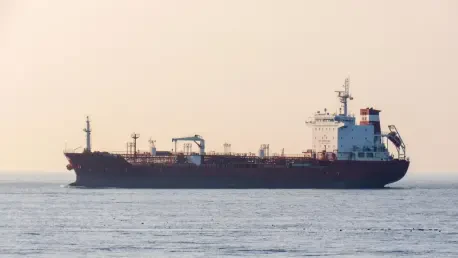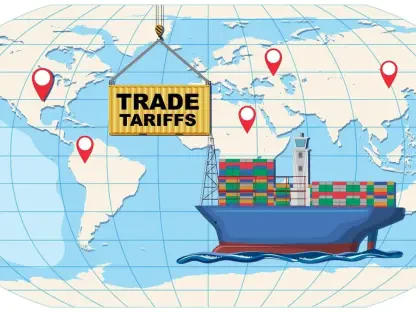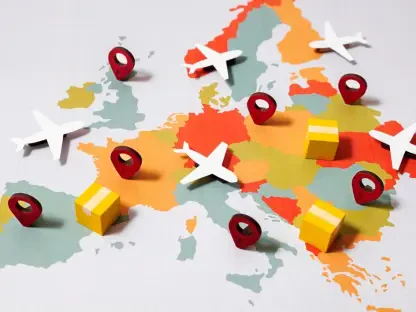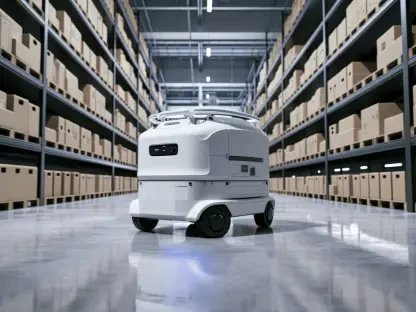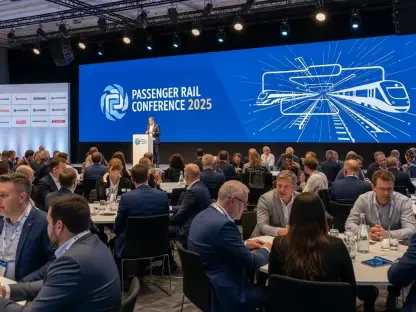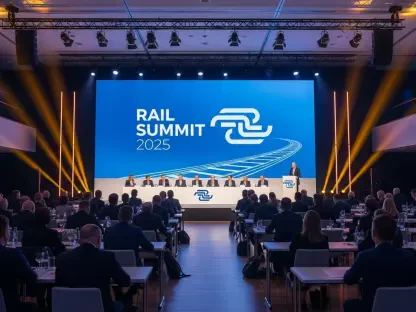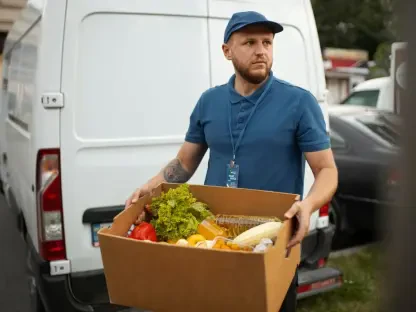As the maritime and logistics industries continue to evolve with groundbreaking developments, few stories capture the imagination quite like the recent oil discoveries in Namibia’s Orange Basin. Today, we’re thrilled to sit down with Rohit Laila, a veteran in the logistics sector with decades of experience in supply chain and delivery. Known for his keen insights into industry trends and a passion for technological innovation, Rohit offers a unique perspective on how these finds could reshape global tanker demand and long-haul trade routes.
Can you walk us through the significance of the recent oil discoveries in Namibia’s Orange Basin?
Absolutely. The discoveries by major energy players in the Orange Basin are a game-changer for Namibia and potentially for the global energy market. These finds, particularly in the Venus and Mopane fields, are being hailed as some of the most promising in recent years. What makes them stand out is not just the sheer volume of potential reserves but also their location in a relatively underexplored region. This could position Namibia as a new frontier for oil production in Africa, drawing significant investment and attention to the area.
How substantial are the estimated reserves in these fields, and what’s the latest on their potential?
The numbers are staggering. Initial estimates for the Mopane field pegged it at over 10 billion barrels of oil and gas equivalent, but recent updates suggest it might be even larger as more data comes in. The Venus field, while slightly smaller in scope, is still projected to have a robust output capacity. These estimates indicate that we’re looking at reserves that could rival some of the major fields globally, which is why there’s so much excitement around their development.
What kind of technology is being planned to tap into these reserves?
The focus is on using Floating Production Storage and Offloading units, or FPSOs, which are essentially floating facilities that can extract, store, and offload oil and gas. For the Venus and Mopane projects, FPSOs are ideal because they allow for production in deepwater environments without the need for extensive onshore infrastructure. Reports suggest that Mopane could see two FPSOs with a combined output of around 240,000 barrels per day, while Venus might operate with one unit producing about 150,000 barrels daily. It’s a proven method for such remote and challenging locations.
What’s the timeline for bringing these fields online, and how is the Namibian government playing a role?
The timeline is ambitious but achievable. For the Venus oilfield, a final investment decision is slated for early 2026, which sets the stage for rapid progress. The Namibian government is pushing hard to see first oil by 2029, and they’re actively involved in creating a supportive framework for these projects. If the initial developments go as planned, we could see production ramping up significantly over the next decade, potentially hitting over 700,000 barrels per day. That kind of growth would be transformative for the region.
I’ve heard there’s a fascinating geological connection between Namibia’s reserves and South America’s. Can you explain that?
Yes, it’s a remarkable story. Millions of years ago, Namibia and South America were part of the same supercontinent called Gondwana. When the continents drifted apart, they left behind mirror-image hydrocarbon systems. A key feature in both regions is a thick salt layer that acts as a natural seal, trapping and preserving vast oil and gas deposits underneath. This geological similarity is one reason why the Orange Basin is so promising—it’s like tapping into a historical twin of South America’s prolific fields.
How do you see these discoveries influencing the global tanker market?
The impact on the tanker market could be substantial. Unlike some other African producers who are moving toward refining their oil domestically, Namibia is more likely to export crude directly. This means a surge in demand for long-haul tanker routes, especially to markets in Asia. We’re talking about opportunities for Suezmax tankers and Very Large Crude Carriers (VLCCs) to transport these volumes across oceans. It’s a new trade lane that could add significant tonnage demand and reshape shipping patterns in the coming years.
What is your forecast for the future of tanker demand driven by regions like Namibia?
I’m optimistic but cautious. If Namibia’s fields come online as planned and production scales up, we could see a steady increase in tanker demand over the next decade, particularly for long-haul routes to Asia. However, much depends on global energy trends, geopolitical stability, and the pace of transition to renewables. I believe we’re looking at a window of opportunity for the tanker industry, but it will require adaptability to balance this growth with broader market dynamics. It’s an exciting time to watch how this unfolds.
